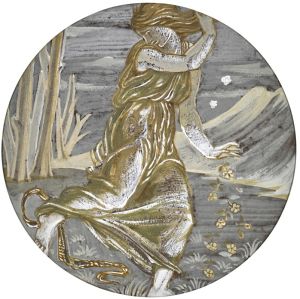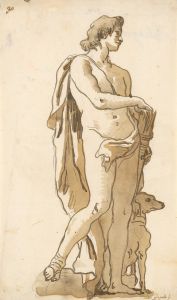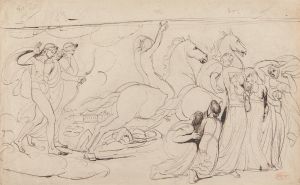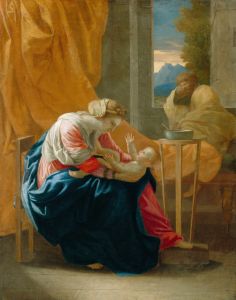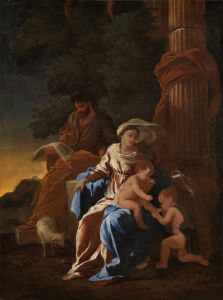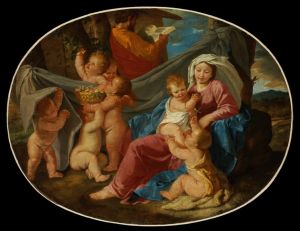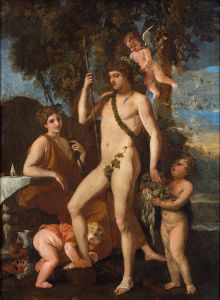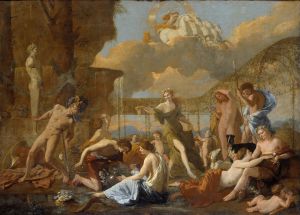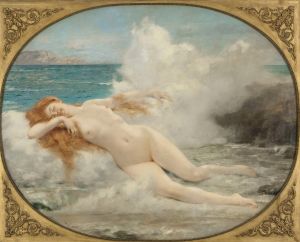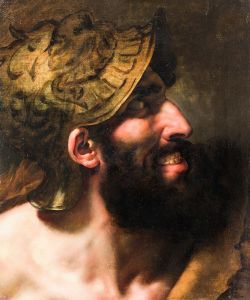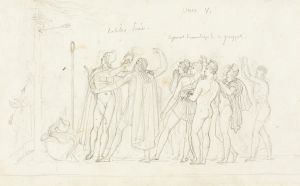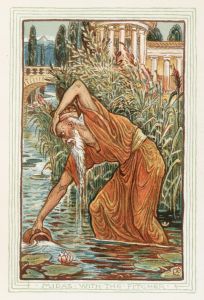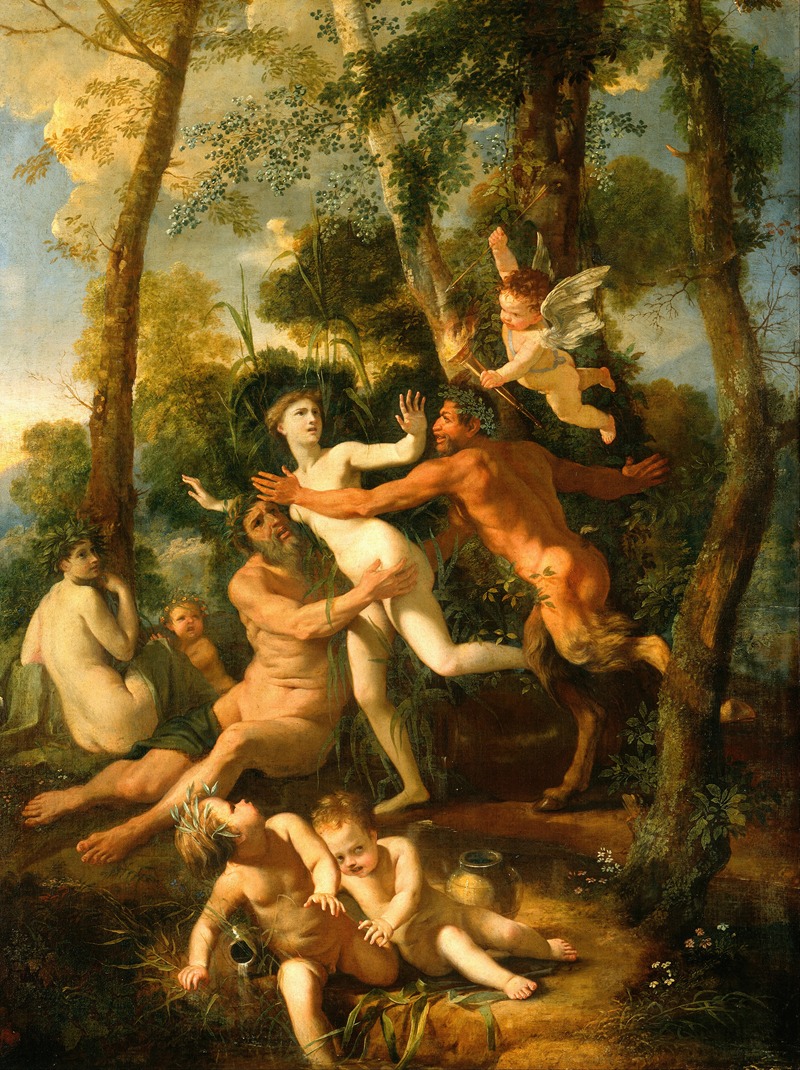
Pan and Syrinx
A hand-painted replica of Nicolas Poussin’s masterpiece Pan and Syrinx, meticulously crafted by professional artists to capture the true essence of the original. Each piece is created with museum-quality canvas and rare mineral pigments, carefully painted by experienced artists with delicate brushstrokes and rich, layered colors to perfectly recreate the texture of the original artwork. Unlike machine-printed reproductions, this hand-painted version brings the painting to life, infused with the artist’s emotions and skill in every stroke. Whether for personal collection or home decoration, it instantly elevates the artistic atmosphere of any space.
"Pan and Syrinx" is a painting by the French Baroque artist Nicolas Poussin, created around 1637-1638. Poussin, known for his classical approach and mastery of composition, was a leading figure in 17th-century French painting. His works often drew on themes from classical mythology, history, and religion, reflecting his deep interest in antiquity and the human condition.
The painting "Pan and Syrinx" is based on a story from Ovid's "Metamorphoses," a Latin narrative poem that is a rich source of mythological tales. The story involves the god Pan, who is half-man and half-goat, and Syrinx, a beautiful nymph. According to the myth, Pan becomes enamored with Syrinx and pursues her. To escape his advances, Syrinx prays to the river nymphs for help and is transformed into a bundle of reeds. When Pan sighs through the reeds, they produce a haunting melody, leading him to create the pan flute, also known as the syrinx, in her memory.
Poussin's depiction of this mythological tale captures the dramatic moment of pursuit and transformation. The painting is characterized by its classical composition and the use of rich, yet subdued colors, typical of Poussin's style. The figures are arranged in a harmonious manner, with a strong emphasis on line and form, reflecting Poussin's study of ancient sculptures and his desire to convey the idealized beauty of the human figure.
The landscape in "Pan and Syrinx" is meticulously rendered, providing a serene backdrop that contrasts with the tension of the narrative. Poussin's landscapes often serve not only as settings but also as integral components of the story, enhancing the emotional and thematic content of the scene. In this work, the natural environment underscores the themes of transformation and the intersection between the human and the divine.
Poussin's "Pan and Syrinx" is housed in the Gemäldegalerie in Berlin, Germany. The painting is a testament to Poussin's skill in blending narrative and form, and it exemplifies his ability to convey complex mythological themes with clarity and elegance. His work had a significant influence on later artists, particularly those who valued classical restraint and intellectual rigor in art.
"Pan and Syrinx" remains an important example of Poussin's oeuvre, illustrating his mastery of mythological subjects and his contribution to the development of French Baroque painting. Through his careful composition and attention to detail, Poussin invites viewers to engage with the timeless themes of love, pursuit, and transformation, as well as the enduring power of myth to capture the human imagination.





